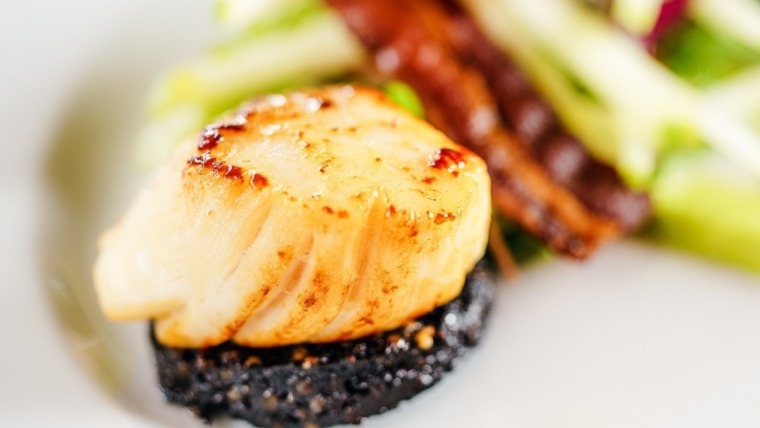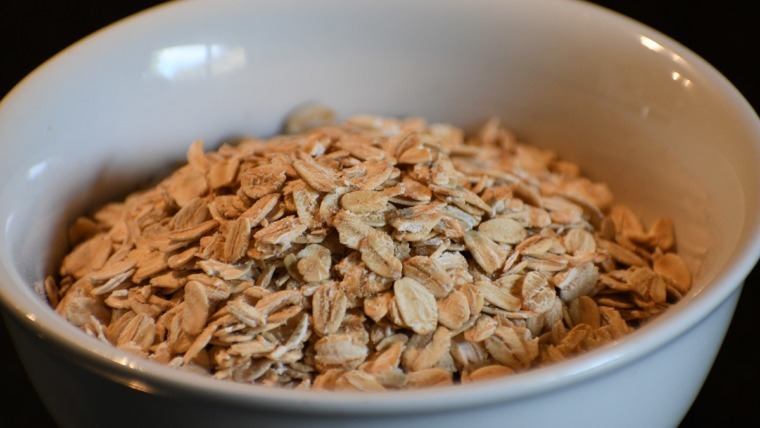
Written by Kevin Kapusi Starow
Many Australians are familiar with the stunning yellow flowering wattle trees found throughout the land. As they are commonly seen and often used as an emblem representative of the continent, known now as Australia. Though less well known is the traditional culinary uses of this amazing tree, which has helped to sustain life over thousands of years.
The wattle is part of the acacia family that has an enormous range of species stretching throughout the length and breadth of the Australian continent. They provide shelter and foods for numerous species of animals including humans. Several of the species are more palatable than others and include, using the common names:
- Prickly Acacia
- Coastal Wattle
- Wirilda
- Dogwood
- Colony Wattle
- Mulga
All of these varieties are harvested in the wild as they are found plentifully throughout their natural habitats. It is only the Wirilda (acacia retinodes) that is being planted and grown commercially, due to its popularity as an ingredient in the culinary world both here in Australia, and around the world.

The seeds of the acacia have super hard husks that have to endure years of wear, in some cases up to 20 years prior to the seed inside germinating, and that is usually only after a bushfire.
Wattleseed History
The robustness of the outer casing of the Wattleseed have served the indigenous communities well over the centuries, especially during times of extreme drought. As these shells perfectly preserved the seeds inside over many years providing a rich source of protein and carbohydrates.
Although the seeds have been used as a food source by indigenous Australians for thousands of years it has only been relatively recently that it has come into commercial use. It was only in 1984 that Wattleseed was developed as a flavouring for the food industry, though since then it has flourished, like many other of the indigenous foods now in common use throughout the kitchens of the continent.
Wattleseed For Cooking
The seeds were for many years crushed into flour between flat grinding stones, made into wither a damper (bread) or cakes and then cooked over an open fire. Often the green seeds of the trees of some species were eaten after they had been baking in hot coals for sufficient time.
The ground seeds have a variety of uses that include thickening sauces, soups and stews, whilst also imparting a wonderful nutty flavour. The seeds have also been used as a hot beverage similar to coffee, as when the seeds have been roasted dark they release an amazing aroma reminiscent of coffee beans, and is said to be a wonderful flavour enhancer in desserts and for chocolate.
Traditionally the aboriginals ground down the seeds into a flour from which they made a type of bread. As previously mentioned the seed can survive in the pod for long periods which helped to sustain life during droughts.
Health Benefits Of Wattleseed
These seeds are packed with goodness, they are high in fibre (approx. 30%) and jam packed full of vitamins. They have high concentrations of iron, zinc, calcium and potassium, and are low on the glycaemic index, meaning they are great for diabetics.
Today
Wattleseed is easily available, as a flour or roasted and can be bought online rather inexpensively. There are several suppliers you can choose from, I prefer to support the indigenous co-ops, though the choice is yours.
Jump out of your comfort zone and try something different, you may be amazed!



